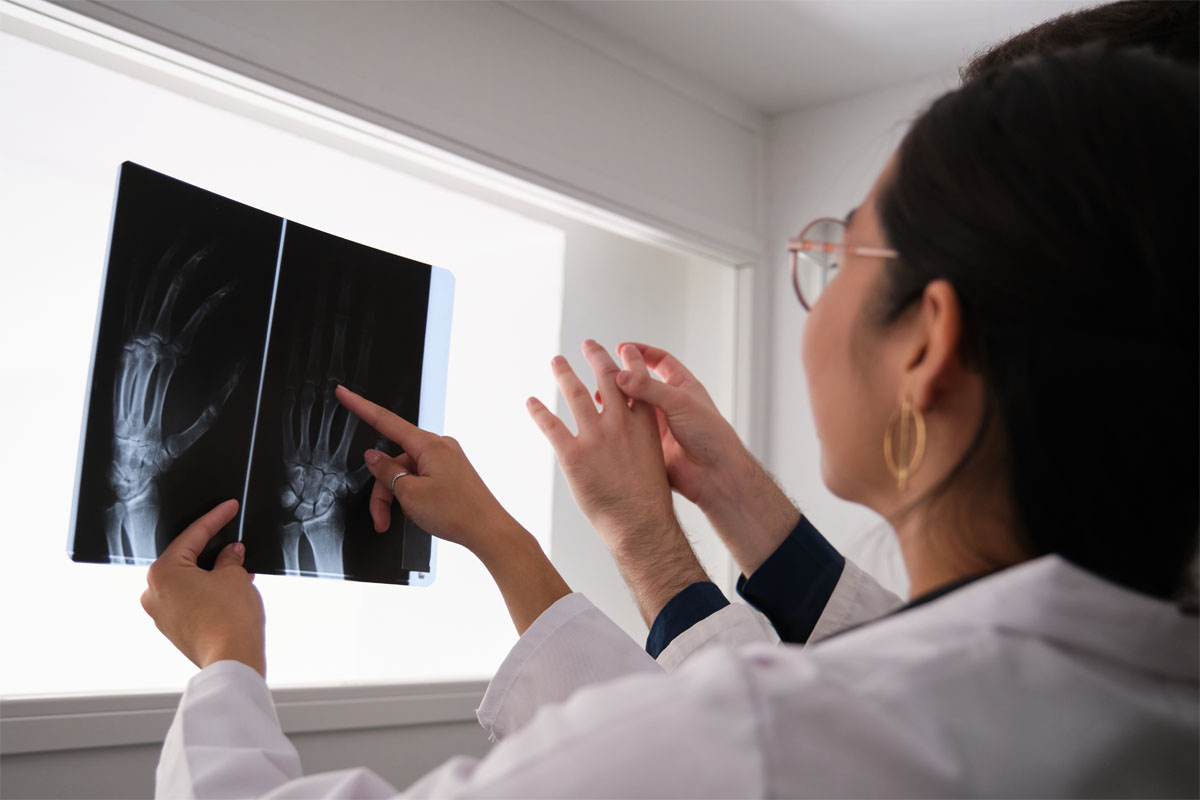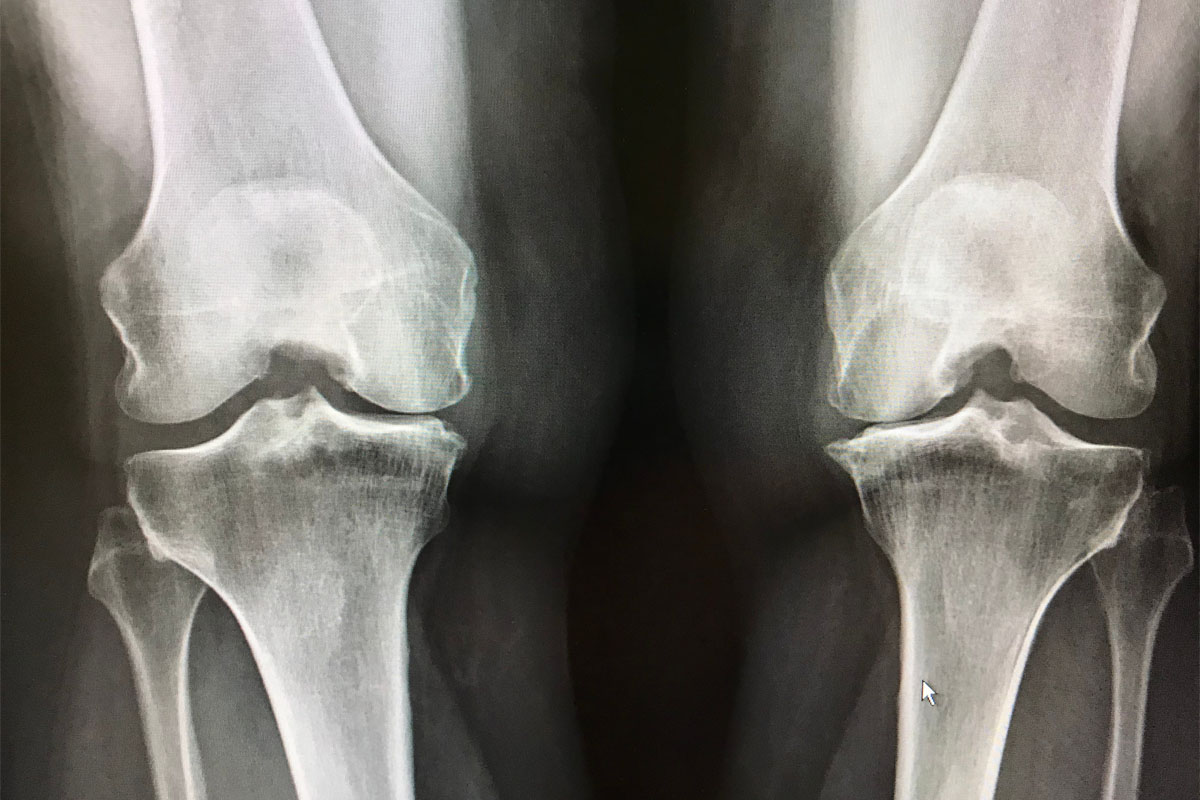What Is The Difference Between Rheumatoid and Osteo Arthritis?

There are more than 100 types of arthritis, although most people who claim they have it probably mean they have either osteoarthritis or rheumatoid arthritis. These two types are the most common, and they impact people in different ways.
Osteoarthritis (OA) and rheumatoid arthritis (RA) exhibit analogous symptoms; nevertheless, their etiologies and diagnostic processes are markedly distinct. What is the difference between rheumatoid arthritis and osteoarthritis?
What is Osteoarthritis?
As you become older, your body naturally wears down, which can lead to osteoarthritis (OA). This is the most prevalent type of arthritis, but it can be mild or severe and normally doesn’t show up until later in life. Over time, a lot of people over 60 will get OA, but others won’t be really sick from it.
OA is a degenerative disease, which means it breaks down the cartilage that surrounds the bone. As the cartilage wears out, the space between joints gets smaller. This makes the bones scrape against each other and hurt.
Signs of OA
The most typical signs include swelling around the joint, pain when walking or doing everyday things, and inflammation.
OA can affect any joint, but it mainly affects the hips, knees, and shoulders. This is because those joints get the most wear and tear from years of hard work, past accidents, activity, and weight increase.
How to treat OA
The severity of OA determines the treatment choices available. People who have only a little joint discomfort can ease their symptoms by modifying their diet, practicing low-impact activities, and going to physical therapy. Our surgeons often recommend steroid injections if the pain gets worse. These shots could last for months before you need another one.
If OA has caused your joint cartilage to wear away completely and you are in agony all the time, you might want to think about getting a joint replacement. Joint replacement takes out the diseased cartilage and bone and puts in an implant that can last for 20 years or more.
What is Rheumatoid Arthritis?
Rheumatoid arthritis (RA) is an autoimmune illness that makes the joints feel swollen. When synovial fluid builds up around the joints, it can cause swelling and pain that feels a lot like osteoarthritis pain. Doctors don’t know what causes RA, but they do know that it makes bad antibodies target healthy joints.
With OA, you might only feel pain in one joint. With RA, on the other hand, you will always feel pain in more than one joint, and it usually happens in a symmetrical way. If you have RA in your left wrist, you probably also have it in your right wrist. Even kids can get Juvenile Rheumatoid Arthritis, which is a kind of RA that can happen at any age.
Signs of RA
Most of the symptoms of RA are the same as those of OA: swollen, painful, and stiff joints, as well as tiredness. People may also feel numbness and tingling, have a dry mouth, and have chest pain. You can find lumps on your fingers and toes if you have RA in your hands and feet.
Imaging and diagnostic tests are the only ways to really tell if someone has RA. MRIs are better at finding RA than x-rays.
How to Treat RA
Because RA is an autoimmune illness, it is a condition that lasts for life and can be controlled but not gotten rid of. There are several ways to treat RA, including as changing your diet, taking medicine, getting steroid injections, doing certain types of exercise, and using home remedies. A lot of people with RA learn how to deal with their symptoms so they can still live an active life.
Chaparral Winds Offers The Finest Retirement Living In Surprise, Arizona
Chaparral Winds is a retirement facility in Surprise, Arizona offering assisted living, independent living, and memory care services. For more information about our senior living facility, SLS Communities or to schedule a tour, please call us today at 623-343-4125.


